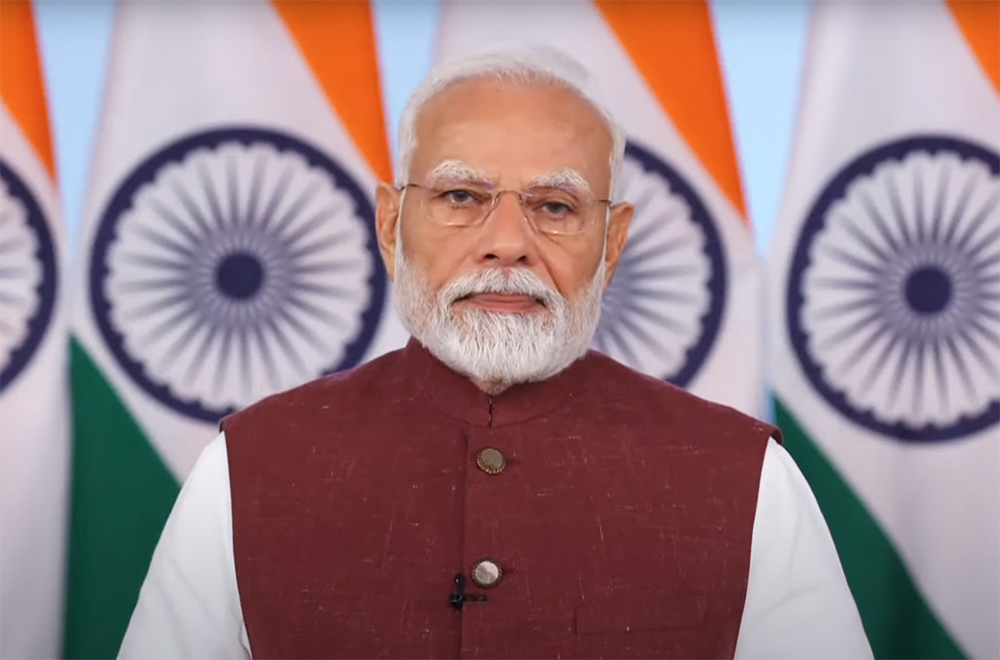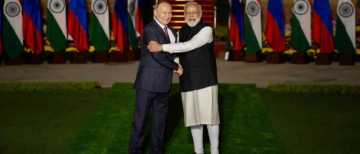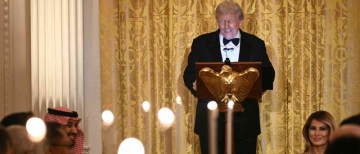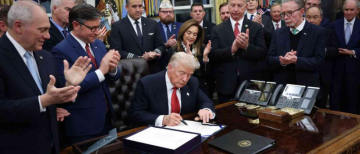The world’s two biggest economies, the United States and China, have just agreed on a new plan to ease export controls and keep a fragile trade truce alive. This deal could have a big impact on global trade, especially for countries like India that are closely tied to both superpowers. Let’s break down what happened, why it matters, and what it could mean for India and the rest of the world.
What Is the US-China Export Control Deal?

After months of rising tensions and tit-for-tat trade restrictions, US and Chinese officials met in London for two days of intense talks. The main issue: export controls on important goods, especially rare earth minerals and magnets. These materials are essential for making electric cars, smartphones, defense equipment, and more.
China has a near-monopoly on rare earth magnets, which are vital for many high-tech industries. Earlier this year, China tightened its grip on these exports, causing supply chain disruptions and raising costs for manufacturers worldwide. The US responded with its own export controls, targeting semiconductor technology and other goods going to China.
Now, both sides have agreed on a framework to resolve these export restrictions. The deal, which still needs final approval from both presidents, promises to remove some of the most recent US export bans and ease China’s restrictions on rare earth shipments. There is also a 90-day pause on most tariffs, giving both sides time to work out the details.
Why Does This Matter for Global Trade?

The US and China together make up a huge part of global trade. When they fight, the whole world feels the effects. Recent trade tensions led to a 34.5% drop in China’s exports to the US in May—the sharpest decline since the COVID-19 pandemic began. Tariffs and export controls have caused confusion at ports, higher prices for goods, and uncertainty for businesses everywhere.
If this new deal holds, it could bring some much-needed stability to global markets. Easing export controls on rare earths and other critical goods will help manufacturers get the materials they need, possibly lowering costs and speeding up production. It could also boost confidence among investors and companies, who have been nervous about the risk of a full-blown trade war.
However, experts warn that the “devil is in the details.” The final outcome will depend on how much rare earth China actually agrees to export, and whether the US will really lift its restrictions on high-tech goods going to China. For now, markets are reacting positively, but everyone is watching closely to see what happens next.
What’s at Stake for India?

India stands at a crossroads. As a major economy with strong ties to both the US and China, India is both a competitor and a partner to these giants. Here’s how the deal could affect India:
-
Supply Chain Stability: India’s electronics, automotive, and renewable energy industries depend on rare earths and other materials, many of which come from China. Easing export controls could help Indian companies get the parts they need without delays or price spikes.
-
Trade Opportunities: If the US and China reduce tariffs and restrictions, global trade flows could improve. This might open up new export markets for Indian goods, especially if companies in the US and China start looking for alternative suppliers to reduce future risks.
-
Geopolitical Balance: India has been trying to strengthen its own supply chains and reduce dependence on China, especially for critical minerals. The new deal might slow down some of these efforts, as global supply chains become less risky. On the other hand, if the US and China clash again, India’s push for self-reliance could become even more important.
-
Investment Climate: A stable global trade environment is good for investment. If the deal holds, India could attract more foreign investment, especially from companies looking to diversify away from China but still needing access to Asian markets.
What Could Happen Next?

While the agreement is a step forward, it’s not the end of the story. The deal is only a framework, and both US President Trump and Chinese President Xi still need to sign off before anything changes on the ground. Both sides have a history of sudden policy shifts, and political pressures at home could still derail the agreement.
For India, the best strategy is to stay alert and flexible. Strengthening domestic industries, building strategic reserves of critical minerals, and deepening ties with other trade partners like the European Union and Southeast Asia could help India weather any future storms.
The Bottom Line
The US-China export control deal is a hopeful sign for global trade, but it’s not a magic fix. For India, it brings both opportunities and challenges. By carefully watching how the deal unfolds and continuing to invest in its own supply chains, India can position itself to benefit—no matter which way the global winds blow.
With inputs from agencies
Image Source: Multiple agencies
© Copyright 2025. All Rights Reserved Powered by Vygr Media.

























